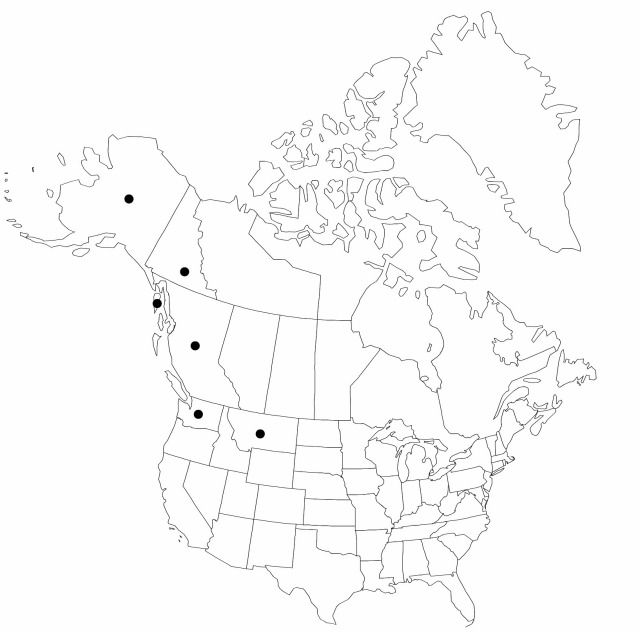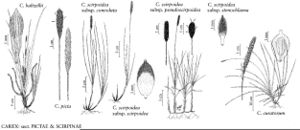Difference between revisions of "Carex scirpoidea subsp. stenochlaena"
Taxon 13: 202. 1964.
FNA>Volume Importer |
imported>Volume Importer |
||
| Line 6: | Line 6: | ||
|place=13: 202. 1964 | |place=13: 202. 1964 | ||
|year=1964 | |year=1964 | ||
| + | }} | ||
| + | |special_status={{Treatment/ID/Special_status | ||
| + | |code=F | ||
| + | |label=Illustrated | ||
| + | }}{{Treatment/ID/Special_status | ||
| + | |code=E | ||
| + | |label=Endemic | ||
}} | }} | ||
|basionyms={{Treatment/ID/Basionym | |basionyms={{Treatment/ID/Basionym | ||
| Line 57: | Line 64: | ||
|publication title=Taxon | |publication title=Taxon | ||
|publication year=1964 | |publication year=1964 | ||
| − | |special status= | + | |special status=Illustrated;Endemic |
| − | |source xml=https:// | + | |source xml=https://bibilujan@bitbucket.org/aafc-mbb/fna-data-curation.git/src/bb6b7e3a7de7d3b7888a1ad48c7fd8f5c722d8d6/coarse_grained_fna_xml/V23/V23_1047.xml |
|genus=Carex | |genus=Carex | ||
|section=Carex sect. Scirpinae | |section=Carex sect. Scirpinae | ||
Revision as of 21:30, 27 May 2020
Plants cespitose; rhizomes inconspicuous. Culms lax, 24–34 cm. Leaves: sheaths and bases from previous year’s leaves absent; blades widely V-shaped in cross section, to 28 cm × 2.5 mm. Scales lanceolate, 3.5 × 1.5 mm. Perigynia lanceolate, (2.8–)3–4(–5) × 0.9–1.4(–1.6) mm, not more than 2.5 times as long as wide, body tightly enveloping proximal 3/4 of achene. Achenes 1.2–2 × 0.8–1 mm.
Phenology: Fruiting late May–Sep.
Habitat: Weakly acidic soils
Elevation: 1600–2600 m
Distribution

B.C., Yukon, Alaska, Mont., Wash.
Discussion
Carex scirpoidea subsp. stenochlaena is distinguished by lanceolate perigynia that are longer than 3 mm, tapering gradually to a beak, and over 2.5 times as long as wide. The pistillate spikes are clavate, loosely flowered at the base and borne on slender, lax culms (the spikes droop). The pistillate scales are longer than 3 mm and subtend hirsute perigynia.
Specimens of Carex scirpoidea subsp. stenochlaena from the Bitterroot Range in Ravalli County, Montana, best characterize the subspecies. Some specimens from Washington and northern British Columbia exhibit tendencies towards C. scirpoidea subsp. scirpoidea, in which perigynia are just 2.5 times as long as wide and spikes are less clavate, more loosely flowered.
Carex scirpoidea subsp. stenochlaena from British Columbia and Yukon have a tendency to intergrade with subsp. scirpoidea.
Selected References
None.
